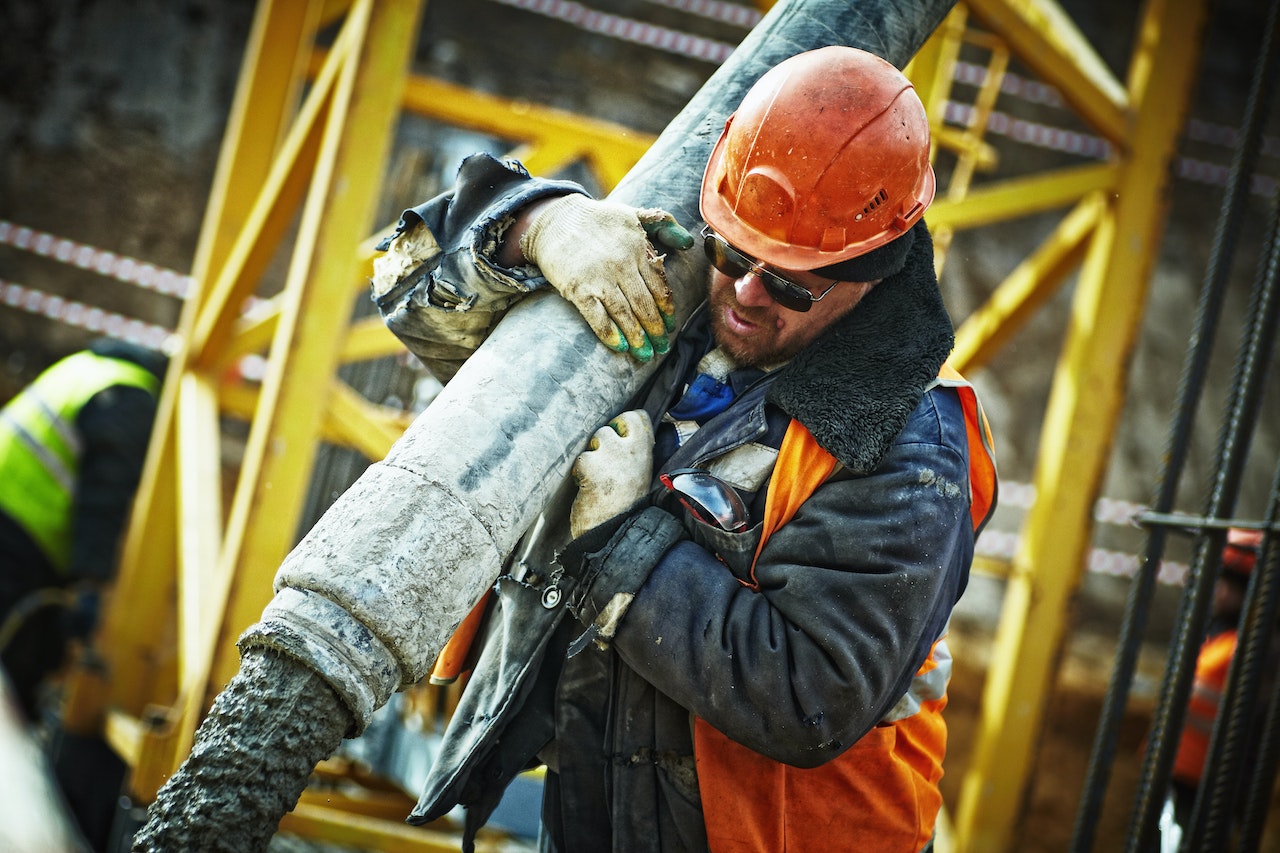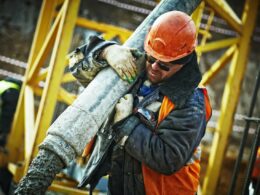Michael Spath of Kapnick Insurance discusses construction with practice group leader Jason McLelland of Kapnick Insurance. Here are highlights from that conversation.
Michael: Welcome to this month’s Ask the Expert podcast featuring Kapnick Insurance, and today we are talking to our practice leader for construction, Jason McLelland. Jason. Just as a broad overview, when someone says the construction practice at Kapnick, what does that entail?
Jason: That would entail essentially practice policies for contractors, so your excavator, sewer, water, street and road, roofer, et cetera. The policies that they have to have in place to do business. As well as program specific policies such as builders’ risk, or wrap-ups for larger projects. And then as well surety. Surety bonds for bidding public work would be kind of the mainstay of the construction practice.
Michael: Let’s start with a wrap policy. Explain what that is to the people out there listening.
Jason: A wrap up would be a controlled insurance program.
So the owner or the general contractor implement the policies for coverage, let’s say, workers’ compensation, general liability, excess liability, pollution for the entire operation or for all contractors on site, and essentially removes the exposure or the liability from the individual contractors and wraps it all up into one program.
Economies of scale is an advantage as well as overall safety. Everyone is on the same page with buy-in from the owner, the general contractor, all the way down to a small subcontractor on the program.
Michael: Is it better for the overall construction project to have everything all wrapped up into one as opposed to having each subcontractor, each general contract worked on it to have their own policy?
Jason: In most cases it is.
Anything that can come up from the construction and has a seven year tail. Let’s say maybe the contract passed from the owner down to the general contractor, to an HVAC contractor. Then to a pipe insulation contractor, and then ultimately an insulation contractor, and we have all those parties involved and that there’s an issue five years down the road. Rather than having a lawsuit and pulling everyone into that lawsuit, everyone defending themselves, finger pointing, we have one policy in place protecting all of them, working to resolve the issue.
Michael: Okay. Jason, builders risk. Just a general overview.
Jason:. In the simplest form, builders risk provides asset protection similar to a homeowner’s policy. The builders risk policy provides coverage while in the course of construction until you get your certificate of occupancy and provides coverage for that owner, for the financial institution, et cetera, in case something was to happen.
Michael: So, okay, I’m building a house and it’s going to cost me $300,000. It’s going to take nine months, and we’re eight months into the project and a fire takes the whole thing down. They’ve got to rebuild it from scratch. What is the insurance piece kicking in here?
Jason: So there’ll be a valuation of where it is in the course of construction. Your limit being $300,000. However, you go through an agent like Kapnick and we’re more than likely going to provide some ancillary coverages for increased cost of construction, which would account for material increases.
So, taking your example, let’s say you’ve done that over the last18 months where lumber went up, exponentially, wiring went up, et cetera. So that $300,000 might be $360,000. Through the evaluation process, they see, okay, you know, we’re only 80% done in theory, you know, that’d be $260,000.
However, due to the increased cost of construction, possible changes in building code, having to have architects, engineers, restamp the prints, you know, some of those additional costs, your claim could be upwards of $320,000.
Obviously any claim is going to have some frustration to it. You know, claimants never are better off after a claim because you have to live through it and there’s time and energy involved in that. But at the end of the day, we’re looking to make the claimant or the owner whole again.
Michael: Is it better for the homeowner or the development company that’s doing on a commercial project to carry the builder’s risk policy?
Jason: That’s always kind of a push/pull conversation. I mean, who do you want the check written to? If I was a homeowner and I was engaged with a general contractor to build my home, and I was obtaining the financing, and I was paying them, I would want the builder’s risk in my name.
However, if the general contractor is obtaining financing and so forth, you can make a case for them to have it. Sometimes homeowners don’t want to get involved and they say, okay, well you go ahead and obtain the builder’s risk.
Michael: You mentioned earlier construction is not just a house or a building. It seems like this is all-encompassing.
Jason: It’s a fairly broad category. It’s not always four walled or a structure going up. It’s very broad by definition.
Michael:. What are the big exposures that construction generally faces? And this follow up question is, what is the best way to mitigate those type of exposures?
Jason: From a construction standpoint on worker’s compensation, you’re out in a field, you’re in a crawl space, you’re on scaffolding, you’re on a rooftop, et cetera.
So it’s a unique set of exposures that the contractors have and really the best way to mitigate and control those is safety training. You can see the difference in contractors that invest heavily with a greater focus on work site safety, with onsite loss control evaluations or even just claims management.
Getting an agent like Kapnick involved to say, we know you have Kapnick Risk Services and Amy DeKeyser and the team over there. How can you guys help us better educate our employees on near misses for slip, trips and falls, or getting out of a dozer or operating on rooftops with tie offs, et cetera? And really making it a true importance of the company to understand and train employees on the safest, most effective risk management techniques available.
Michael: The goal here is to avoid claims because if you get hit with claims, it’s going to impact your insurance. Great stuff, Jason.
You can reach out to Jason at [email protected] or just visit kapnick.com for more information.






